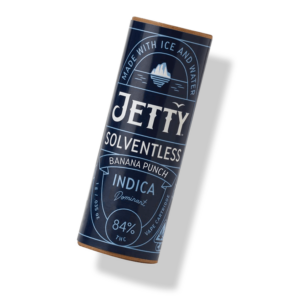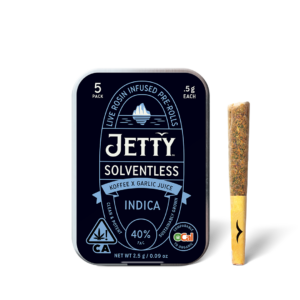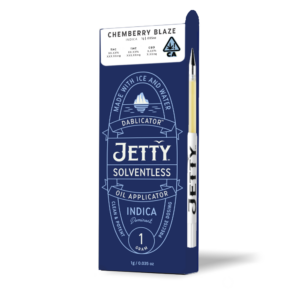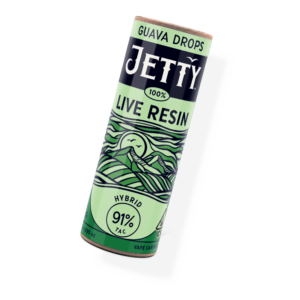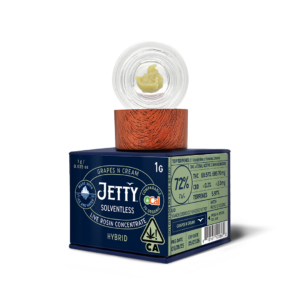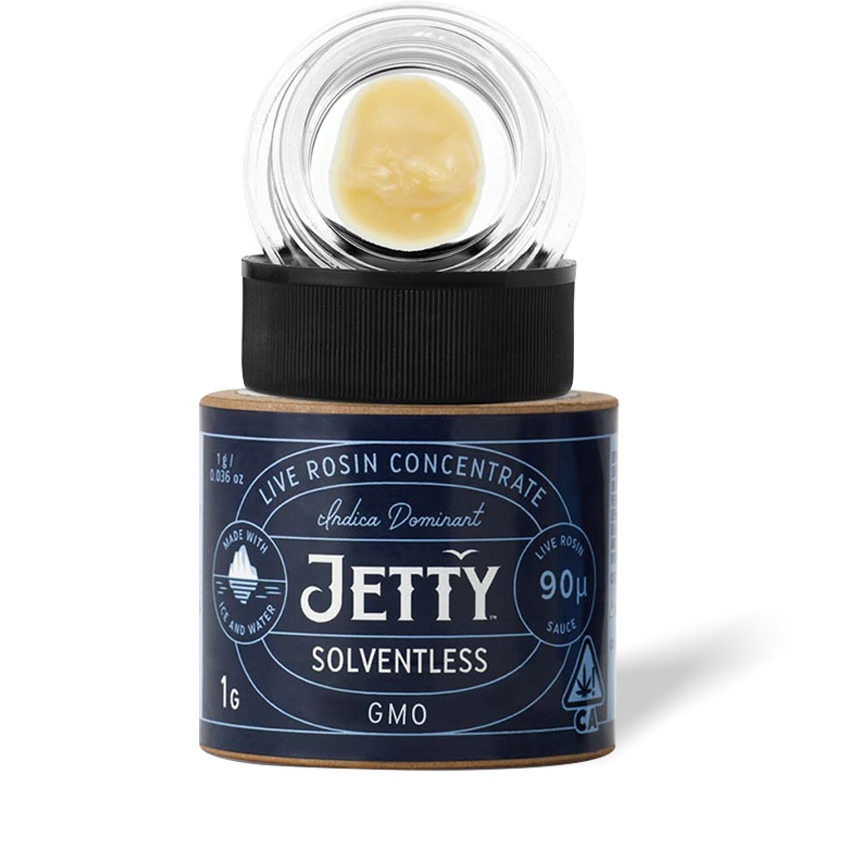Using vaporizers to consume cannabis has become one of the most renowned ways to harness its intriguing effects on the body. Modern cannabis usage has developed to include an amazing though often confusing array of options, from THC oil to full melt hash in the Bay Area. Not surprisingly, then, vaping itself carries its own nuances. The two most prominent forms of extracted vaping marijuana, oil and wax, each have their characteristics and upsides.
The Common Ground
Similar to the resin origins of products like full melt in the Bay Area, both wax and oil as extracts are considered oleoresins. Both substances are semi-solid and a combination of essential, fatty oils and resins. These extracts are separated from the marijuana plant using an evaporation method featuring chemical solvents and added heat, resulting in a relatively thick and heavy compound, like oil or wax.
Texture and Consistency
As one can imagine, oil and wax have very different consistencies and textural makeups. Oil is in a liquid form and the viscosity and thickness can vary between extracts. Waxes can offer cannabis products that are both completely solid and those having a softer, semi-solid consistency. Some well-known waxes within the cannabis industry include shatter, honeycomb, and crumble, all of which are solids having a particularly brittle and breakable texture. However, these products are perfectly capable of vaporization and melting at very high temperatures, enabling consumers to enjoy their effects. Other wax THC concentrates in the Bay Area include the softer and malleable live resin, sap, and budder.
Strength
Oils sourced from cannabis are processed so that their contents are diluted. In this method of production, small amounts of other oils are added to the original cannabis oil to maintain a more fluid texture. This also means the terpene and cannabinoid concentrations are not as high for oil-based products.
Wax, however, is known for its potency, much higher than that of oil goods. Just as oil production impacts its potency, wax extraction is responsible for retaining its properties. The resulting concentrations of cannabinoids and terpenes remain high, with some wax products boasting a THC content of 90%. Of the two, wax is the stronger choice between, ideal for seasoned consumers looking for a high experience of note.
Further Breakdown of Forms
Though THC oil in the Bay Area and CBD oil are produced using different extraction processes, both typically contain a small amount of the other compound. This harnesses the full range of benefits of both cannabinoids and offers the opportunity to experience the sought-after Entourage Effect of cannabis properties.
Waxes made from cannabis come in many more varieties than oils. As mentioned, many wax products are named after their textures. Varieties are also a result of using different strains of marijuana, how they are harvested, and any added details performed during manufacturing. The most common wax products on the market are:
- Live Resin, which processes fresh frozen cannabis through a chemical solvent
- Rosin, very similar to resin, except for its solventless extraction process
- Shatter, which resembles hard candy and is one of the purest concentrates
- Budder, also called badder wax, which is whipped during extraction and contains elevated terpenes
- Crumble, a fragile version of budder
- Pull-and-Snap, which has a texture similar to shatter but can be stretched to some degree
- Honeycomb, which has an appearance like honeycomb or Swiss cheese due to purging in a vacuum
Vaping Pens Vs. Oil Cartridges
THC cartridges in the Bay Area and CBD oil cartridges are the primary form of consuming oils. One end features a mouthpiece, while the other is outfitted with 510 screw threadings. For consumers to use these cartridges, they must be attached to a battery compatible with the device. After this, the consumer need only turn the battery on and begin inhaling using the mouthpiece. The pure simplicity of using oil cartridges is, perhaps, its most convincing point of advantage. Oil is also less potent than wax, making these devices particularly useful for those first trying out cannabis and consumers preferring to partake more lightly and casually. CBD oil consumers can find that cartridges are the best form of application, as well. The devices are disposable, typically lasting a few weeks given their oil content.
Vaporizer pens are the most common and accessible forms of consuming wax extracts. However, wax can be used in alternative forms. Their relative ease of use is rooted in their pen-like size and qualities, making for portability. These devicesare made of only three parts: atomizer, the mouthpiece, and the battery. The battery accounts for most of the weight and bulk of the pen, whose role is to power and heat the atomizer. The atomizer, or coil, is where the user places the given wax of choice for consumption.
There are three possible atomizer models: quartz coil, ceramic bowl, and quartz bowl. Quartz coil atomizers can heat up rapidly and provide the user with a large amount of vapor. However, caution is in order as the vapor produced is the hottest and most intense. The other two options, ceramic bowls and quartz bowls, are just as they sound, being small bowl-like receptacles made from the respective materials. Unlike quartz coils, these bowls are not the most efficient at producing significant amounts of vapor. However, they are highly valued for their ability to enhance the vaping experience by delivering the strongest flavors and aromas.
All vaping pens, including dab pens, offer their users a potent experience in high and taste. Though they are quite strong, they require the wax to be reloaded, making them best for more experienced cannabis users looking for a strong marijuana experience.
